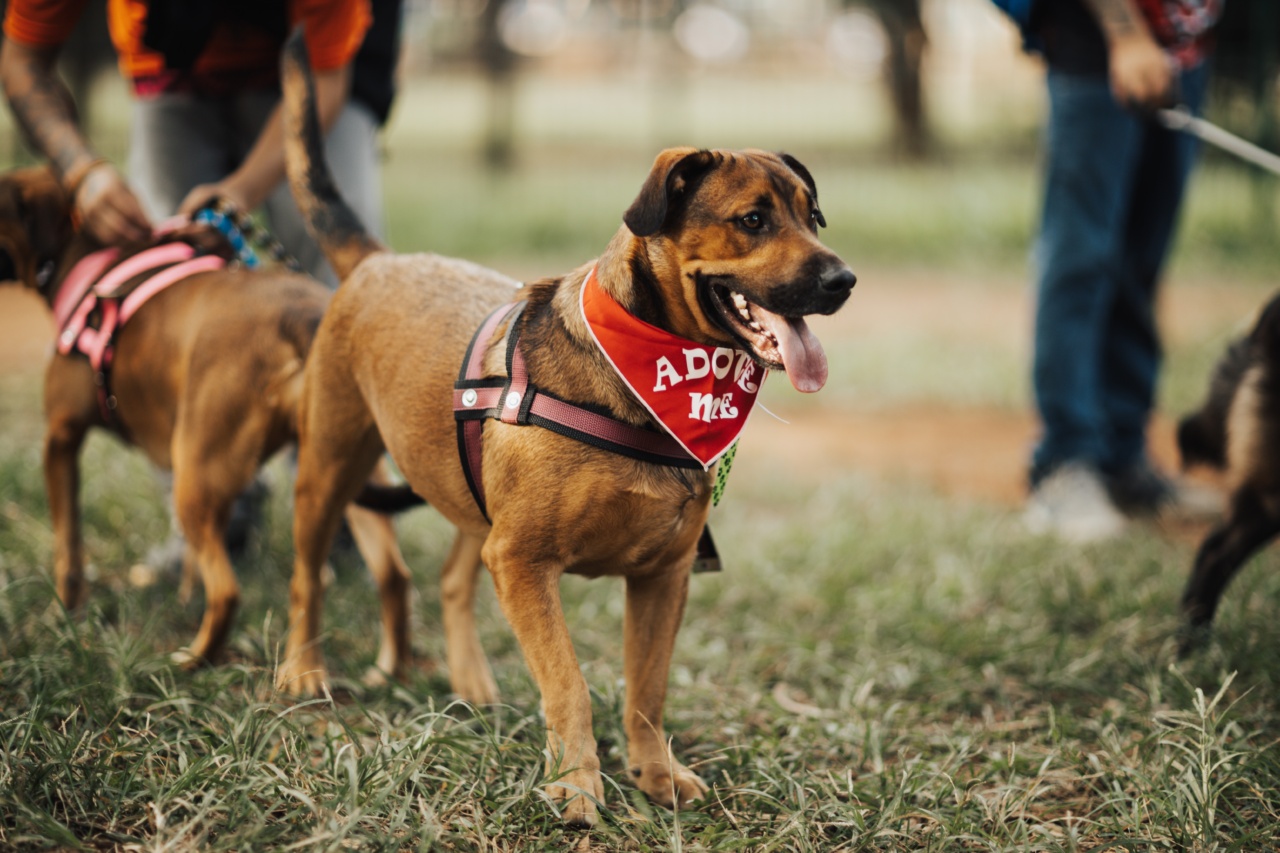Humping is a behavior that many dog owners find embarrassing or awkward. Dogs hump objects, people, and other animals, and the reasons behind this behavior are not always clear.
Some owners assume that this behavior is related to sexual desire, but that is often not the case. Dogs may hump for a variety of reasons, including play, dominance, anxiety, or even boredom.
Play Behavior
One of the most common reasons that dogs hump is play behavior. Dogs that are excited or overstimulated may hump as a way to release some of their energy.
This type of humping behavior is often accompanied by playful barks and wiggles, and dogs may target other dogs, people, or objects as part of their playful antics.
Dominance Behavior
Another reason that dogs may hump is as a form of dominance behavior. Dogs that are trying to assert their dominance may hump other animals or people as a way of showing their superiority.
This type of behavior is often seen in male dogs, but females may also hump as a way of establishing their status within a group.
Anxiety and Stress
Dogs that are anxious or stressed may also hump as a way of coping with their emotions. This behavior may be a way for them to relieve tension or distract themselves from their feelings of anxiety.
Dogs that are experiencing separation anxiety may also hump as a way of soothing themselves when their owners are not around.
Boredom
Like humans, dogs can get bored if they do not have enough stimulation or activity in their daily lives. Humping may be a way for dogs to alleviate their boredom and entertain themselves.
This type of behavior is often seen in dogs that are left alone for long periods of time or do not have enough opportunities to play and exercise.
Medical Issues
In some cases, humping may be a sign of a medical issue. For example, dogs that have skin allergies or irritations may hump as a way of addressing the discomfort.
Dogs that have a urinary tract infection or other health issues may also exhibit humping behavior as a symptom of their condition. If your dog’s humping behavior is excessive or persistent, it is important to consult with your veterinarian to rule out any underlying medical issues.
How to Manage Humping Behavior
If your dog’s humping behavior is causing problems or you would like to discourage the behavior, there are several strategies that you can try. One of the first steps is to eliminate any triggers that may be causing your dog to hump.
For example, if your dog tends to hump when he is overexcited, make sure that you are not reinforcing the behavior by giving him attention or excitement when he starts to hump.
Another strategy is to redirect your dog’s attention when he starts to hump. You can do this by offering him a toy or playing a game with him. This will help to distract him from the humping behavior and channel his energy in a more appropriate way.
It is also important to provide your dog with plenty of exercise and stimulation so that he is less likely to engage in humping behavior out of boredom.
If your dog continues to hump despite your efforts to discourage the behavior, you may want to seek the assistance of a professional dog trainer or behaviorist.
They can help you to develop a behavior modification plan that is tailored to your dog’s unique needs and personality.
In Conclusion
While dogs humping objects or people may be a source of embarrassment for some, it is important to understand that this behavior is often a natural part of a dog’s behavior.
By understanding the reasons behind the behavior and taking steps to manage it, you can help your dog to lead a happy and balanced life.






























